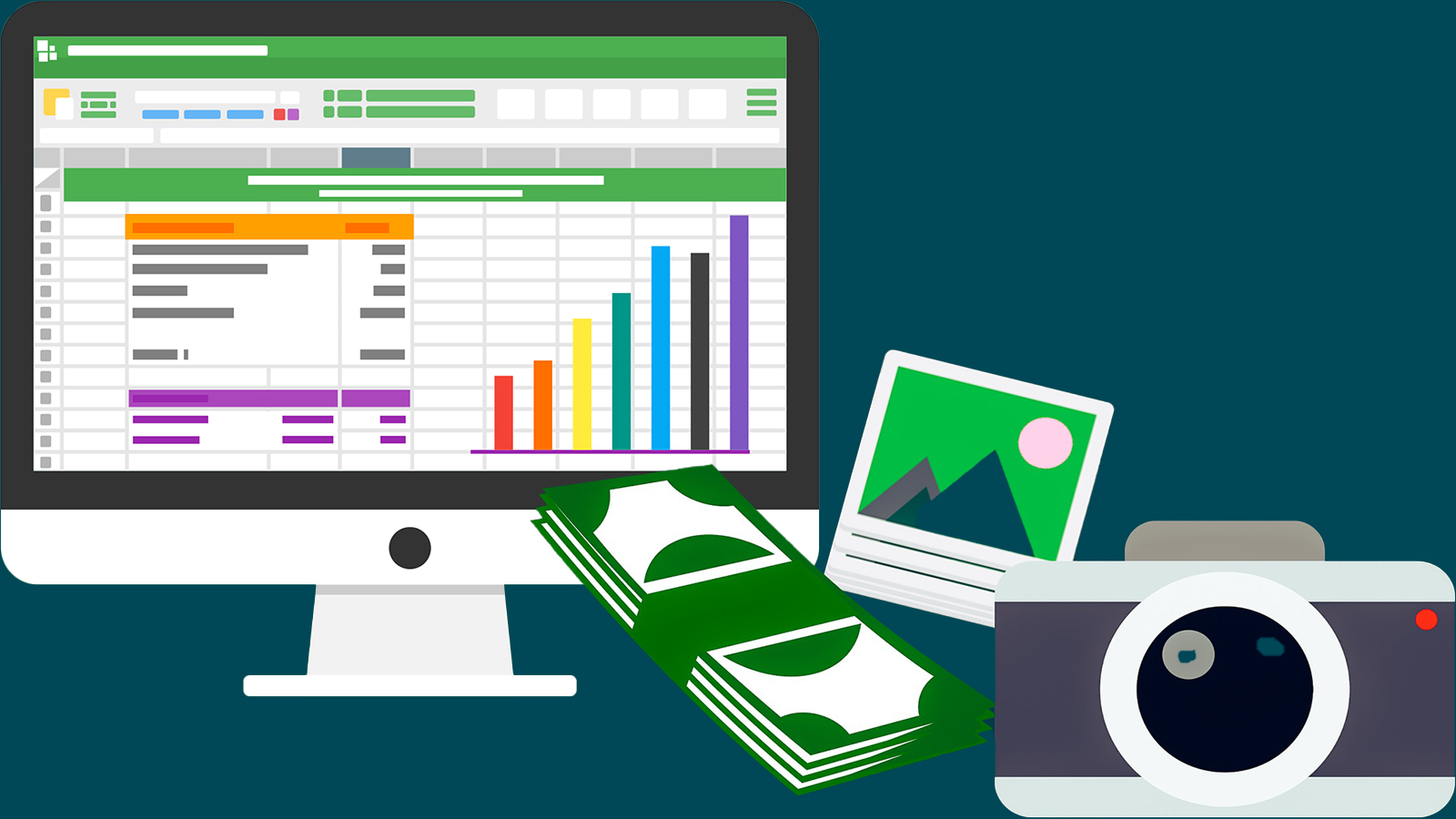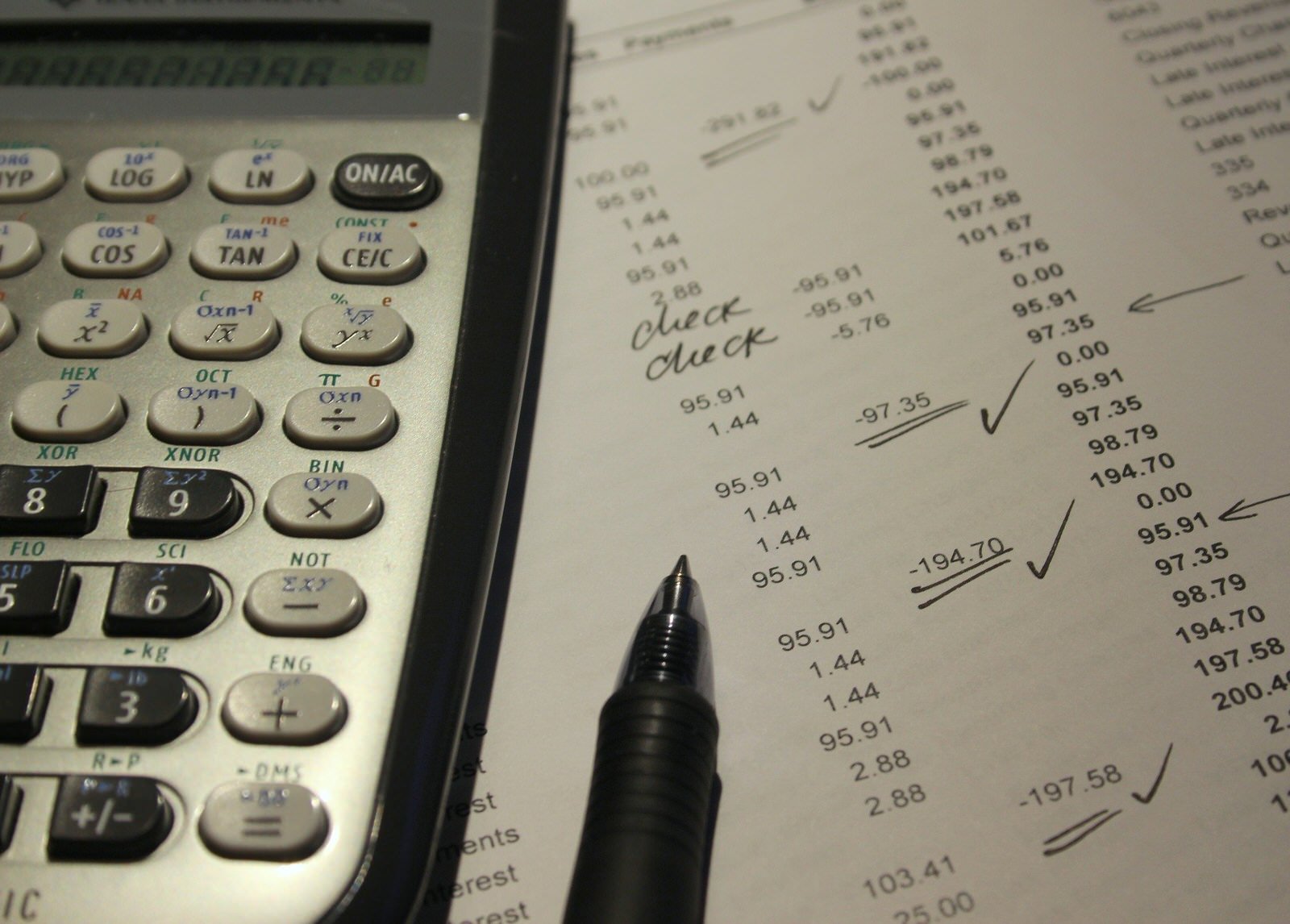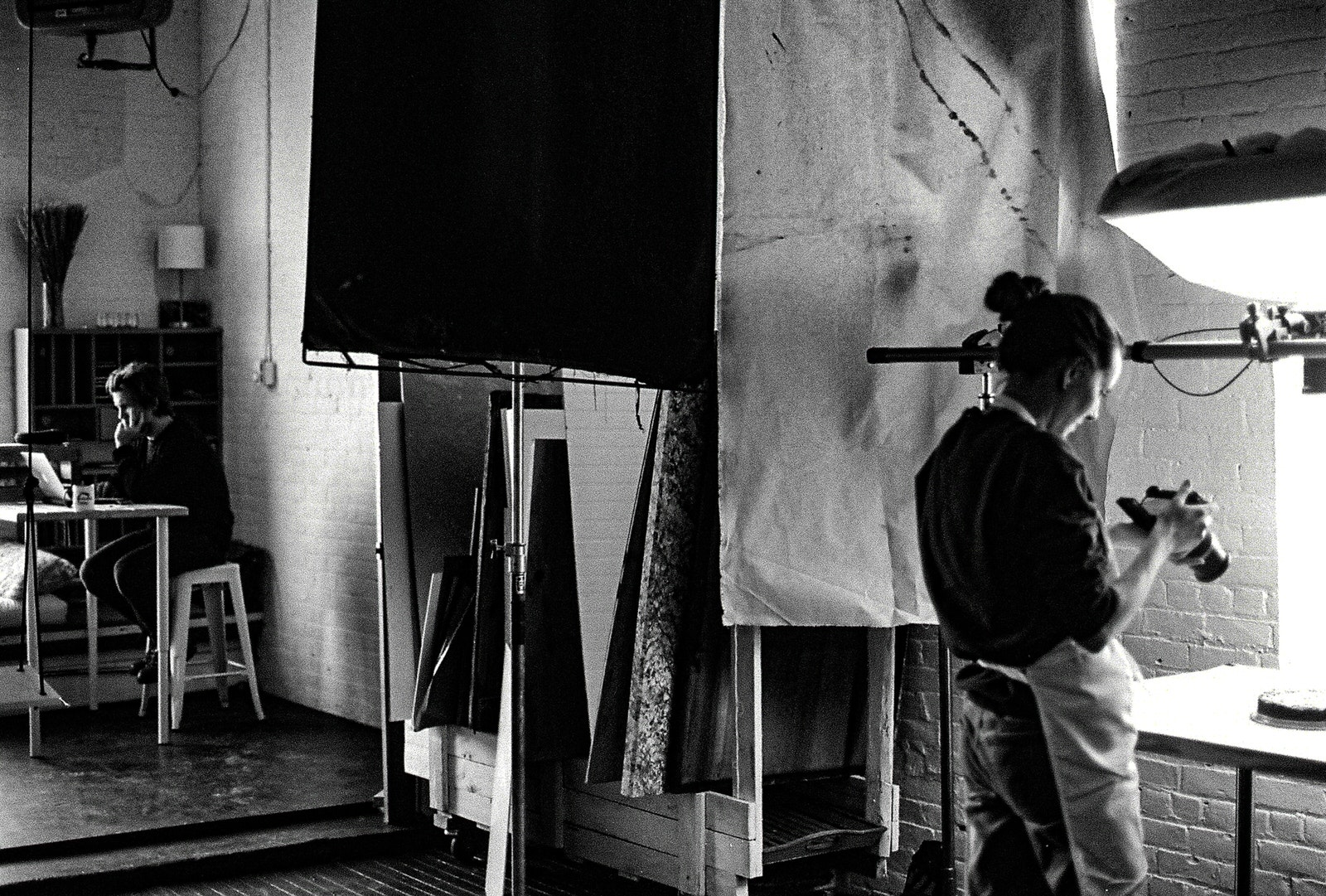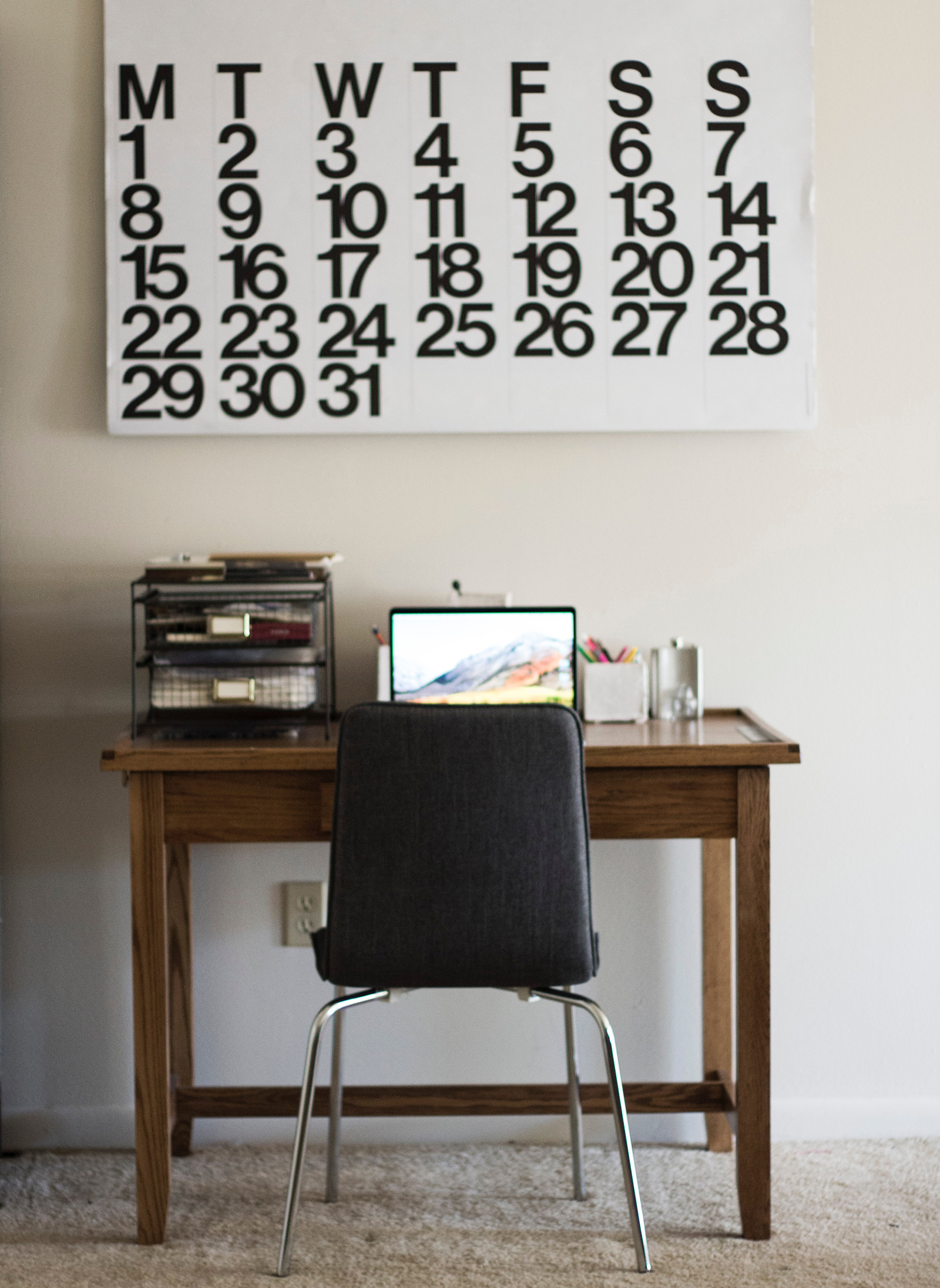
Bookkeeping for Your Photography Business
Whether your photography is a small side hustle, or you’ve gone full-time and it’s your primary focus, it’s a good idea to begin treating it as a legitimate business. That can include the exciting parts, like advertising and showcasing your beautiful pictures for prospective clients to see. Or it might mean seeking out a space to rent so you can do professional photo shoots.
Another big piece of running your own photography business is keeping track of your business finances. It’s much less glamorous than setting up your new studio or editing your most recent engagement shoot, but it’s just as important.
A large part of staying up to date with your business finances involves bookkeeping. This means keeping track of all your photography-related expenses and income so you’re prepared come tax time. Maintaining your books can seem intimidating or downright impossible. But truthfully, it can be fairly simple, even if you don’t know where to begin. Here are some of the bookkeeping basics you should know as a photography business owner.
Bookkeeping Explained
Bookkeeping is a process housed under the accounting umbrella. It focuses more on collecting, organizing, and recording financial data. Other accounting functions use that information for reporting and financial analysis.
A bookkeeper’s job includes gathering financial data for your company and recording it properly. Some of that financial data includes when you purchase new equipment, pay to rent space for photo shoots, or receive money from clients for your services.
When maintaining the books for your business, make sure to file and keep these documents for at least six years:
- Invoices you send to customers
- Receipts for business purchases
- Tax returns for your business or you personally, if you only file one return
- Any bank or credit card statements with business activity
- Payroll records, if you keep staff
- Other financial activity statements for your business, like investment accounts
Why Bookkeeping?
Bookkeeping helps you easily view your business’s financial health and make financial decisions you need to in order to keep your photography business legit. It’s both necessary and beneficial for any business.
Tax Preparation
Whether you’re trying to pay your estimated quarterly tax payments or file at the end of the year, keeping up with your books will help you stay prepared. You won’t be chasing down the receipt for your new lighting and struggling to remember how much you spent on studio rental throughout the year.
Instead, you’ll have a solid record of everything that happened. It makes filing your taxes a piece of cake.
Know Your Cash Flow
Bookkeeping is a great way to understand your cash flow at any given time. If you’re recording transactions regularly, you can always understand how much cash you have coming in and what you’re paying out. It helps you stay on top of your bills, too.
Easier Reporting
Along with knowing where your cash is going, bookkeeping lets you understand how profitable your photography is. It makes it easier to report on your business and understand whether you’re making a profit and able to cover your expenses. If you’re about to run into financial trouble, you can better plan for the future.
Reporting also helps you when you’re looking for any kind of business loan. You can easily share your photography business’s financial standings with investors or creditors. That helps them see if you’re a good risk to take on.
If you have staff within your photography business, sharing reports is a nice way to keep them up to date on how the business is doing. It’s good for them to know their employer is successful enough to keep them employed.
Who Should Do Your Bookkeeping?
You know that you should be maintaining books for your photography business, but who should be doing it? Maybe you don’t have the time to take the task on yourself. Or maybe you’d prefer to be in complete control and are up for the challenge.
Do It Yourself
It’s really not that difficult to do your own bookkeeping. If you have a low number of transactions to record each month, it can be very manageable. And, even if your business is booming and you can hardly keep up with the demand, there are a few tricks to help you keep your records in order. Here are two options to consider when going about it on your own:
- Use an Excel spreadsheet to record your transactions. You’ll probably need some prior experience with bookkeeping if you’re going this route. It will take some effort to set up a workbook and you’ll need to know how to classify every transaction. So, keep in mind, this leaves a lot of room for human error.
- Use a Bookkeeping Software like QuickBooks or FreshBooks. There are plenty of affordable options out there. Bookkeeping software can help guide you toward proper bookkeeping practices. It also helps you categorize your transactions so you know you’re recording everything properly.
Hire Someone
If you’re not up for doing your own bookkeeping, you can always hire a helping hand. Outsourcing your bookkeeping can be costly, but it’s better to know it’s done correctly than struggle through and make mistakes.
You can either hire an in-house accountant and include them on your payroll or you can seek help from a third party, like a CPA firm or independent bookkeeper. If your photography business doesn’t have many transactions, outsourcing to a CPA firm or independent bookkeeper is probably a better and cheaper option.
Cash or Accrual Method
When you start bookkeeping for your photography business, you’ll have to choose whether to use the cash method or the accrual method. The method you choose determines how and when you record different financial transactions. Either method can work, but the nature of your business can dictate which one will work best for you.
Cash Method
The cash method for accounting is pretty straightforward and can be a good option if your photography business is still small. With the cash method, you’ll record transactions based on when money actually changes hands.
For example, suppose you rent a venue for a photo shoot in March. Instead of paying up front, the venue invoices you in March and the payment isn’t due until April. With the cash method, you would record the transaction when you paid for the venue in April, even though you used the venue in March.
This method makes it easier to tie your books back to bank statements. Your transactions will match up with when the money was taken out of your account.
Accrual Method
The accrual method is a little more complex than the cash method. Instead of recording transactions when money changes hands, the accrual method focuses on matching expenses to revenues.
Here’s how that looks using the example above. When you rent the venue in March, you would record the transaction in March, even though you aren’t paying for the venue until April.
The reasoning behind this is that you were doing an activity that generated income in the month of March. So, the accrual method is trying to pair the expense of renting the venue with the income you made by renting the venue in the same time period.
With the accrual method, your financial records won’t always match up to your bank statements. Remember that you are recording the transaction for the venue in March when you receive the invoice. But you won’t see that transaction in your bank statements until April.
While the accrual method is a little more complex, it can give you a better picture of how your business is doing. Consider what happens when you miss a recurring payment, like a phone bill. If you’re late one month, you might see a month with a large expense for the phone bill. But the prior month, you wouldn’t see any expense for that bill. Accrual method helps you see what’s really happening in the business.
Single or Double Entry
When you begin recording transactions, you’ll have to decide if you want to use the single-entry or double-entry system for accounting.
With single-entry, you’ll record each transaction one time in one account. For example, when you sell a photo package, you record that transaction as income. It’s very simple to use the single-entry method and it’s much like how you would record items in your own personal budget.
Double-entry requires you to make two entries for each transaction. The entries are equal, but opposite – one is a credit and one is a debit. Just know that a credit entry doesn’t necessarily mean money coming in and a debit doesn’t necessarily mean that money is going out. We’ll explain this more when we talk about the accounts your business needs.
The double-entry method is required if you wish to “balance your books” after a given period. If you sold a photo package and use double-entry accounting, you would make an entry to increase your cash account (because you have money coming in) plus an entry to increase your revenue account.
Recording Your Financial Transactions
Once you’ve decided on which methods are best for your business, you’re ready to start recording your financial transactions. Each transaction that you record is considered either a credit or a debit.
We’re used to seeing debits decrease our bank account balance and credits increase our balance for our personal accounts. That’s not necessarily the case with accounting. Whether a debit or credit increases or decreases the account balance depends entirely on what kind of account you’re hitting with the transaction.
There are five types of accounts that you can classify your transactions into:
1. Assets
Assets are what you own. A debit entry to an asset account will increase the balance and a credit entry will decrease the balance. Here are some common asset accounts:
- Cash on hand
- Equipment like your computer, lenses, lighting, and camera
- Accounts Receivables are bills that your clients haven’t paid you yet for your services
If you receive cash for your photography services, you would make a debit entry to your cash account to increase its value by the amount that you receive. Then, in a double entry accounting system, you would also need to make a credit entry in another account. In this case, you would likely credit revenue to show your sales increasing.
2. Liabilities
Liabilities are what you owe. A debit entry will decrease your liabilities while a credit entry will increase a liability account. Some common liability accounts include:
- Accounts payable for things you’ve been billed for but haven’t yet paid
- Prepaid service revenue if a client prepays for your services but you haven’t actually completed the work yet
- Loans payable if you took out loans for anything like equipment or maybe a studio space
When you are billed for a service but haven’t paid it yet, you can make a debit entry to your accounts payable account. For example, if you receive a bill for a venue space that you used for a photo shoot, you can debit your accounts payable account for the amount of the invoice. When you pay the invoice, you can make a credit entry to the accounts payable account. Then, in a double entry accounting system, you would credit your cash account. You’re reducing the cash account because money is going out of your business.
3. Revenue or Income
Revenue is the income you earn through sales for your photography services. Debit entries decrease a revenue account while credit entries increase a revenue account. You can create revenue accounts to categorize the different ways that you make income. Here are some examples that you might have:
- Portrait sales income
- Wedding session income
- Rental income if you rent out your studio space when you’re not using it
You can keep track of which types of photography services are making you the most money and which ones you might be better off without. When you earn income, you can make a credit entry to the appropriate revenue account to record it.
4. Expenses
Expenses are the reasons that cash leaves your business. A debit entry will increase an expense account and a credit entry will decrease it. Here are some common accounts you might have in the expense category:
- Salaries for models
- Rent expense for your studio
- Insurance expense for business insurance
- Utilities expense
- Software expense for editing software
If you are recording the salary payment for your models, you would make a debit entry to the salary expense account. Then, you would credit the cash account to decrease the amount of cash your business shows.
5. Equity
Equity is what you have left in the business after you take assets and subtract your liabilities. Think of this account as your stake in the business. Equity is more important in larger organizations that pay dividends to shareholders. But if you close your books each quarter or every year, you are essentially placing your net revenue into an equity account.
Debit entries into an equity account will decrease the account while a credit entry will increase it.
Tips to Better Bookkeeping
Start Recording Immediately
The best thing to do is record all of your financial transactions as soon as you start your photography business. Keep track of your business expenses and hold on to all your receipts, invoices, and other documentation. If you already missed the mark and haven’t been recording your transactions, just start now!
Separate Your Business and Personal Expenses
This is one of the most important things you can do to prove that you’re a legitimate photography business. Open dedicated bank accounts and credit cards that you only use for business transactions. It makes it so much easier when you need to track down your business income and expenses.
Get Software or Hire an Accountant
Bookkeeping can be complicated if you’re not totally sure what you’re doing. So instead of fumbling through Excel spreadsheets, get yourself a good software like QuickBooks or FreshBooks. Or hire an accountant, either under your business or at a third-party firm. It’s best to be sure you’re getting it right.
Stick to a Schedule
Set aside some time each week or each month to get your business finances up to date. Don’t try to cram it all in at year end. It’s difficult to remember everything that happened throughout the year. Schedule a time that works for you and stick to it!
Create a Business Budget
You know how important a personal budget can be. Having a business budget can be just as important, if not more important. Understanding your finances and sticking to a budget can help you prepare for tax time and plan for major expenses. It’s a good idea to save up enough cash to cover three to six months’ worth of business expenses, too.
Final Thoughts
Bookkeeping is a crucial part of your photography business. If you were totally clueless before, this guide should give you a good idea of how to start. The best thing you can do is get some small business bookkeeping software or hire some help. Then, stick to a schedule and record all your transactions.
Happy bookkeeping!


















